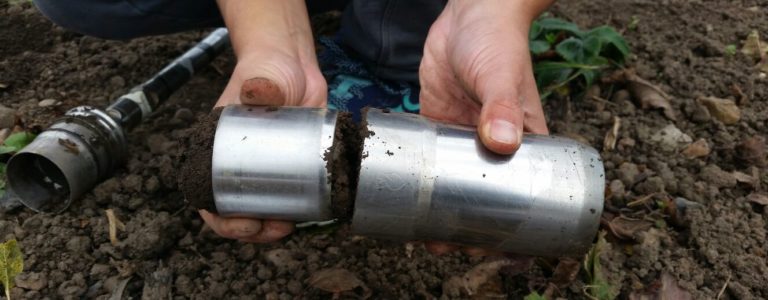The Allotment Experiment Part 1: Setting up the site

Since my PhD began last autumn, I have been a busy bee on the experimental allotment in Leicester (kindly provided by Leicester City Council). This is a great opportunity, as for the next four years I can experiment and measure everything I want!
As many of you have probably done as well, everything started from the design of the allotment: measuring the space, deciding what to grow, how and why. After a period of consultation with my supervisors, I decided to divide my plot in 28 sub-plots and to grow grass, willow and different types of vegetables. You might be thinking what a strange decision for an allotment! I can explain. In my project, I will look at how different ways of using urban green spaces (such as parks, allotments and roadside verges) can affect their soil quality. Thus, the grass plots represent urban parkland areas, the vegetables plots represent your allotments, and the willow plots represent short-rotation coppice willow plantations (that can be used for energy production).
In addition, I will also look at how the application of biochar will affect the soil quality. Indicators of soil quality I will be investigating include: soil structure, available nutrient content, and – my main focus – how biochar influences the heavy metals availability to plants. For those who are not familiar with biochar, it is a kind of charcoal produced at high temperatures (usually 400- 700’C) in absence of oxygen. Many experiments have already shown how biochar can positively influence the physical, chemical and biological properties of soils, so one of the hypotheses we’re investigating is whether we can see the same soil improvements on the field level . For those interested in learning more about biochar, you can visit this website: http://www.biochar-international.org/.
So far, we have marked out the 28 test plots, sown the grass and the vegetables (radish and salad for the moment), planted the willow cuttings, applied the biochar and put up netting to keep the pigeons at bay! In the meantime, we also took a lot of soil samples to characterize the soil and to be able to monitor how all the treatments will affect it. After only few weeks, the willow leaves have emerged and the vegetable seeds are germinating!
I’ll keep you updated with news stories on the MYHarvest website with how the project progresses. If you’d like to receive the quarterly MYHarvest newsletter to receive updates from all of our allotment research, send an email to myharvest@sheffield.ac.uk and we’ll add you to the list.




